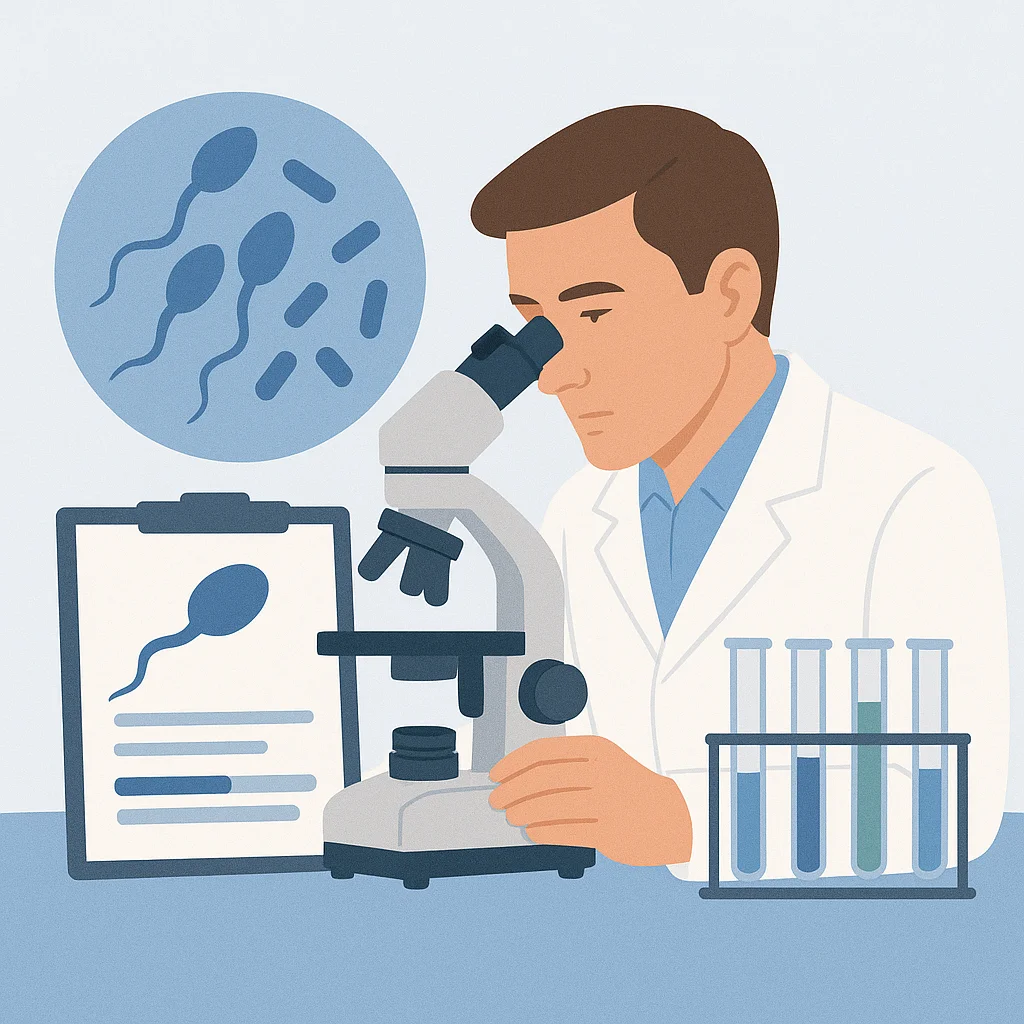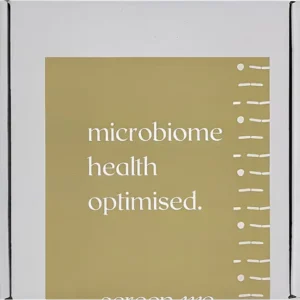NEW ARTICLE SUMMARY: Semen microbiota are dramatically altered in men with abnormal sperm parameters
Published: Jan 2024
What was studied?
Researchers recruited men undergoing fertility evaluations or vasectomy consultations, all with proven biological paternity. Each participant provided a semen sample, which underwent two key analyses:
- Semen Analysis (SA) – to assess sperm parameters such as motility and concentration.
- Next-Generation Sequencing (NGS) – to profile the semen microbiome and identify specific bacterial species present.
Statistical techniques were used to find associations between certain microbes and abnormal sperm parameters. The goal was to explore whether specific bacterial profiles in semen might explain unexplained cases of abnormal sperm quality and potentially contribute to male infertility.
Lactobacillus inert may negatively impact male fertility
- The study found that men with abnormal sperm motility had a significantly higher abundance of Lactobacillus inersin their semen.
- This microbe, also implicated in negative fertility outcomes in women, may induce inflammation through production of L-lactic acid and pro-inflammatory cytokines, potentially impairing sperm function.
- This marks the first study to report a potential negative role of L. iners in male fertility specifically.
Pseudomonas species may have differing impacts
- Men with low sperm concentration showed higher levels of Pseudomonas stutzeri and Pseudomonas fluorescens, and lower levels of Pseudomonas putida.
- While previous studies have linked Pseudomonas to both poor and good semen quality, this research suggests that different species within the genus may have differing effects on fertility, highlighting the need for species-level analysis rather than generalisations at the genus level.
Implications for care
- This exploratory, observational study supports the potential for microbiome-based interventions (as seen in female fertility research), but its cross-sectional design, lack of longitudinal data, and potential confounding factors (e.g., antibiotic use, intercourse frequency) limit conclusions about causality.
- Future, more controlled studies are needed to better understand these microbial influences.
Conclusion
This study adds to the evidence linking the semen microbiome to male fertility by identifying specific microorganisms—particularly Lactobacillus iners and various Pseudomonas species—that are associated with abnormal sperm parameters.
While the findings do not establish causality, they suggest subtle shifts in the abundance of key species, rather than broad changes in microbial diversity, may impact sperm health. These insights may pave the way for future diagnostic tools and targeted therapies aimed at improving male reproductive health. However, further longitudinal and mechanistic studies are needed to validate these results.
Fariba Khonsari




